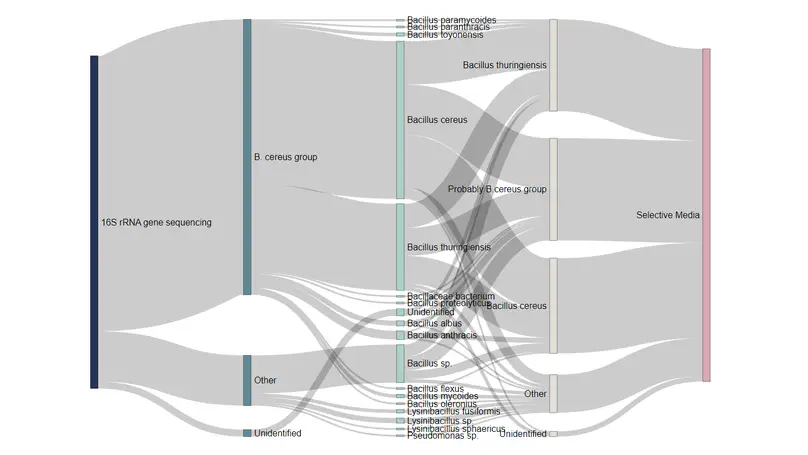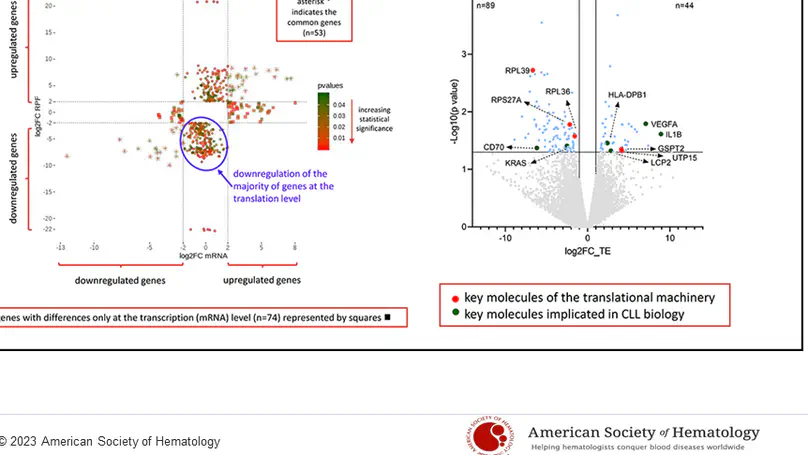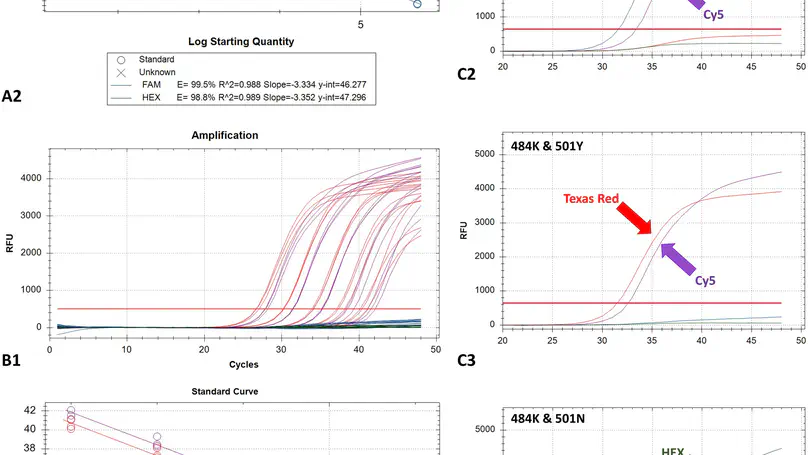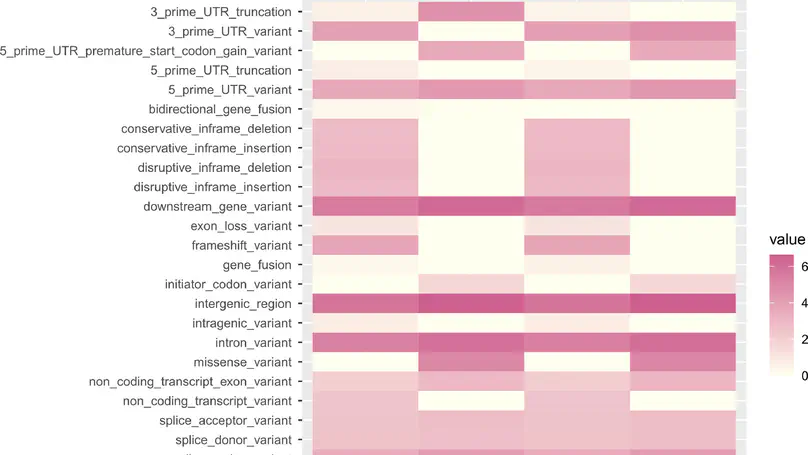Publications

Bacillus cereus is a spore-forming, facultative anaerobic bacterium, well known for its ability to cause food poisoning and spoilage of milk and dairy products. Identification of B. cereus in contaminated milk can be laborious and time-consuming. The current widely used method for the isolation and identification of B. cereus includes cultivation in mannitol egg yolk polymyxin (MYP) agar, forming pink-purple colonies surrounded by a pink halo of egg-yolk precipitate (lecithinase positive). PCR methods targeting the 16S rRNA gene have also been established for identifying B. cereus in milk products, and can be more sensitive and rapid.

Recent studies of chronic lymphocytic leukemia (CLL) have reported recurrent mutations in the RPS15 gene, which encodes the ribosomal protein S15 (RPS15), a component of the 40S ribosomal subunit. Despite some evidence about the role of mutant RPS15 (mostly obtained from the analysis of cell lines), the precise impact of RPS15 mutations on the translational program in primary CLL cells remains largely unexplored. Here, using RNA sequencing and ribosome profiling, a technique that involves measuring translational efficiency, we sought to obtain global insight into changes in translation induced by RPS15 mutations in CLL cells. To this end, we evaluated primary CLL cells from patients with wildtype or mutant RPS15 as well as MEC1 CLL cells transfected with mutant or wild-type RPS15. Our data indicate that RPS15 mutations rewire the translation program of primary CLL cells by reducing their translational efficiency, an effect not seen in MEC1 cells. In detail, RPS15 mutant primary CLL cells displayed altered translation efficiency of other ribosomal proteins and regulatory elements that affect key cell processes, such as the translational machinery and immune signaling, as well as genes known to be implicated in CLL, hence highlighting a relevant role for RPS15 in the natural history of CLL.

The emergence of SARS-CoV-2 mutations resulting in the S protein amino-acid substitutions N501Y and E484K, which have been associated with enhanced transmissibility and immune escape, respectively, necessitates immediate actions, for which their rapid identification is crucial. For the simultaneous typing of both of these mutations of concern (MOCs), a one-step real-time RT-PCR assay employing four locked nucleic acid (LNA) modified TaqMan probes was developed. The assay is highly sensitive with a LOD of 117 copies/reaction, amplification efficiencies >94 % and a linear range of over 5 log10 copies/reaction. Validation of the assay using known SARS-CoV-2-positive and negative samples from human and animals revealed its ability to correctly identify wild type strains, and strains possessing either one or both targeted amino-acid substitutions, thus comprising a useful pre-screening tool for rapid MOC identification. The basic principles of the methodology for the development of the assay are explained in order to facilitate the rapid design of similar assays able to detect emerging MOCs.
